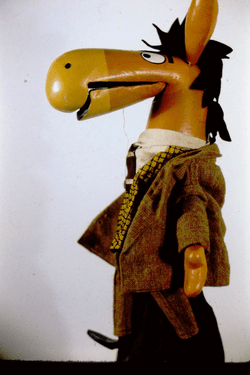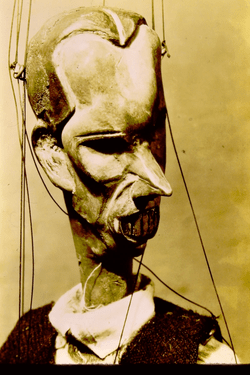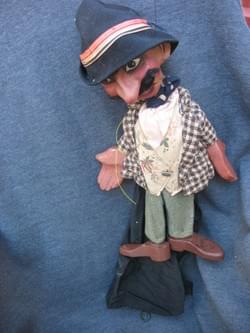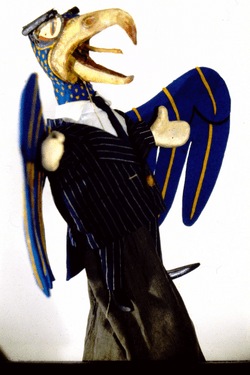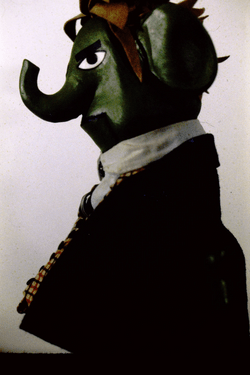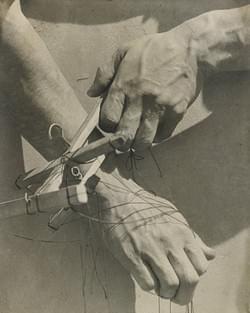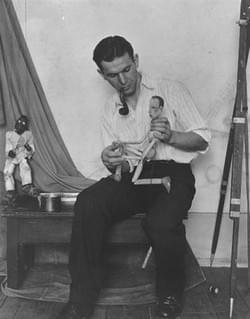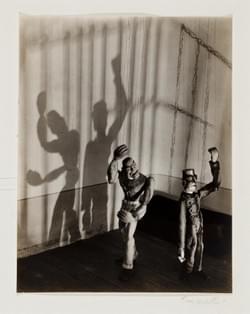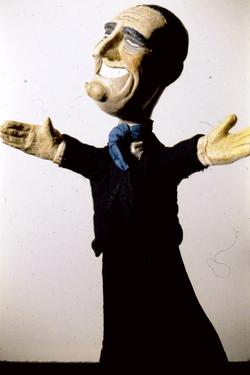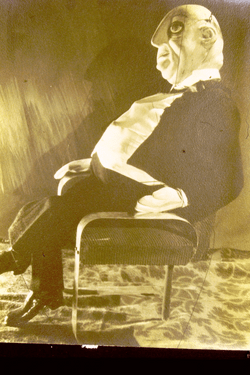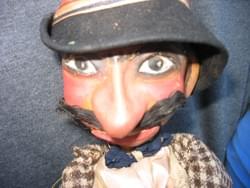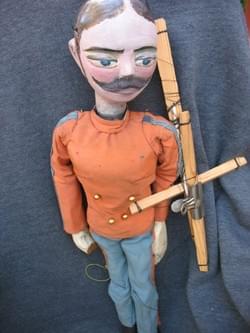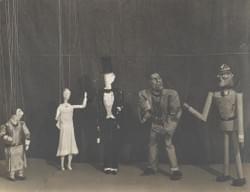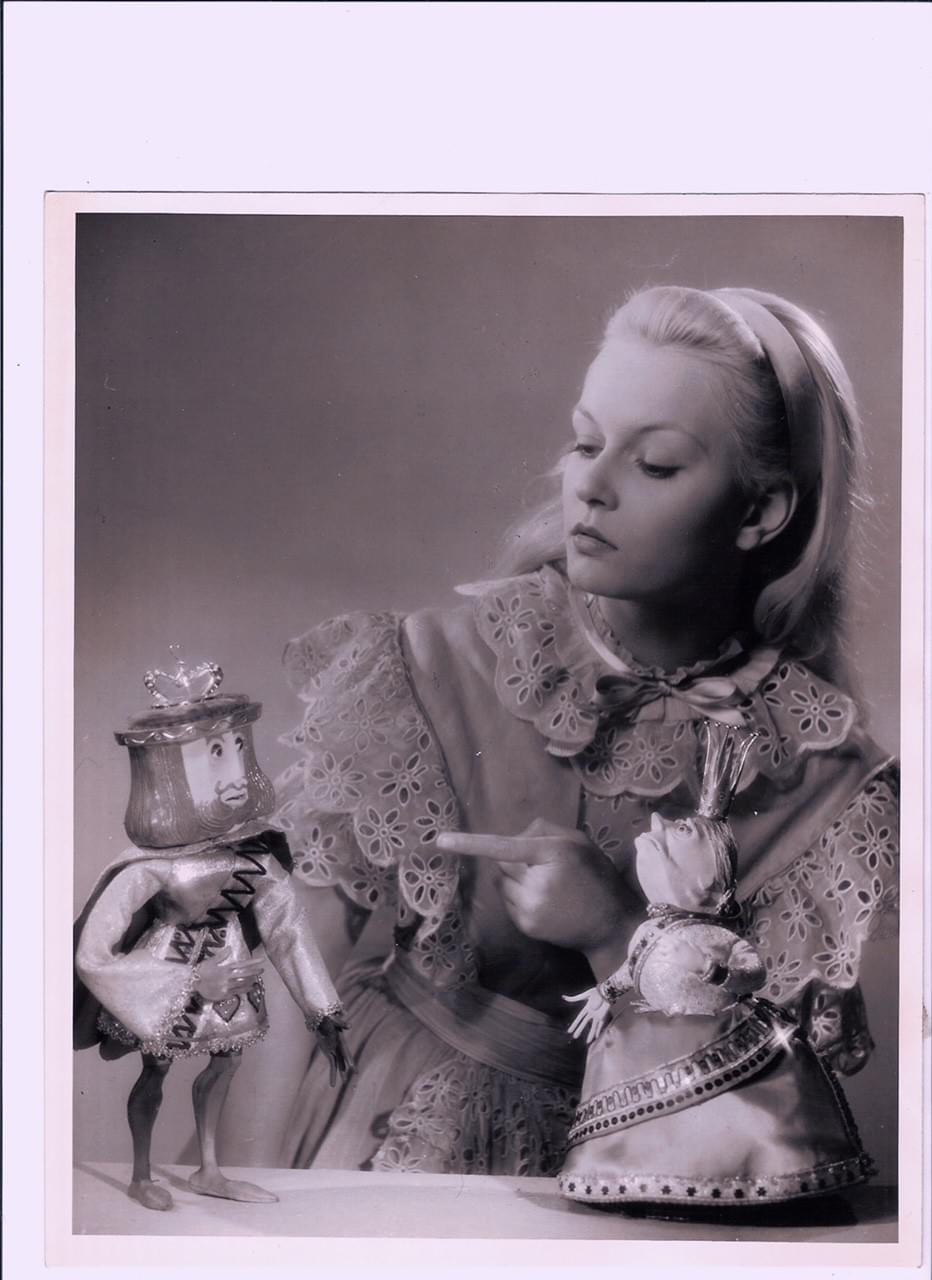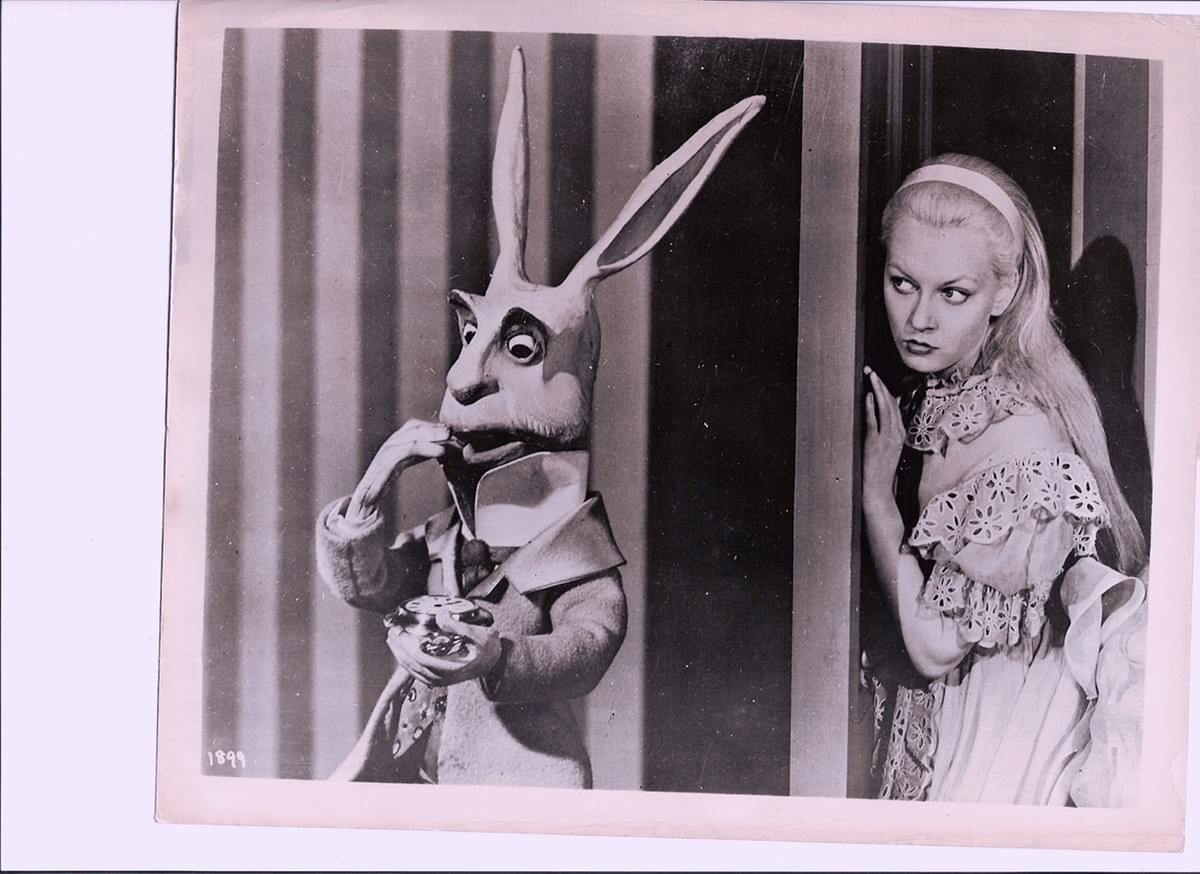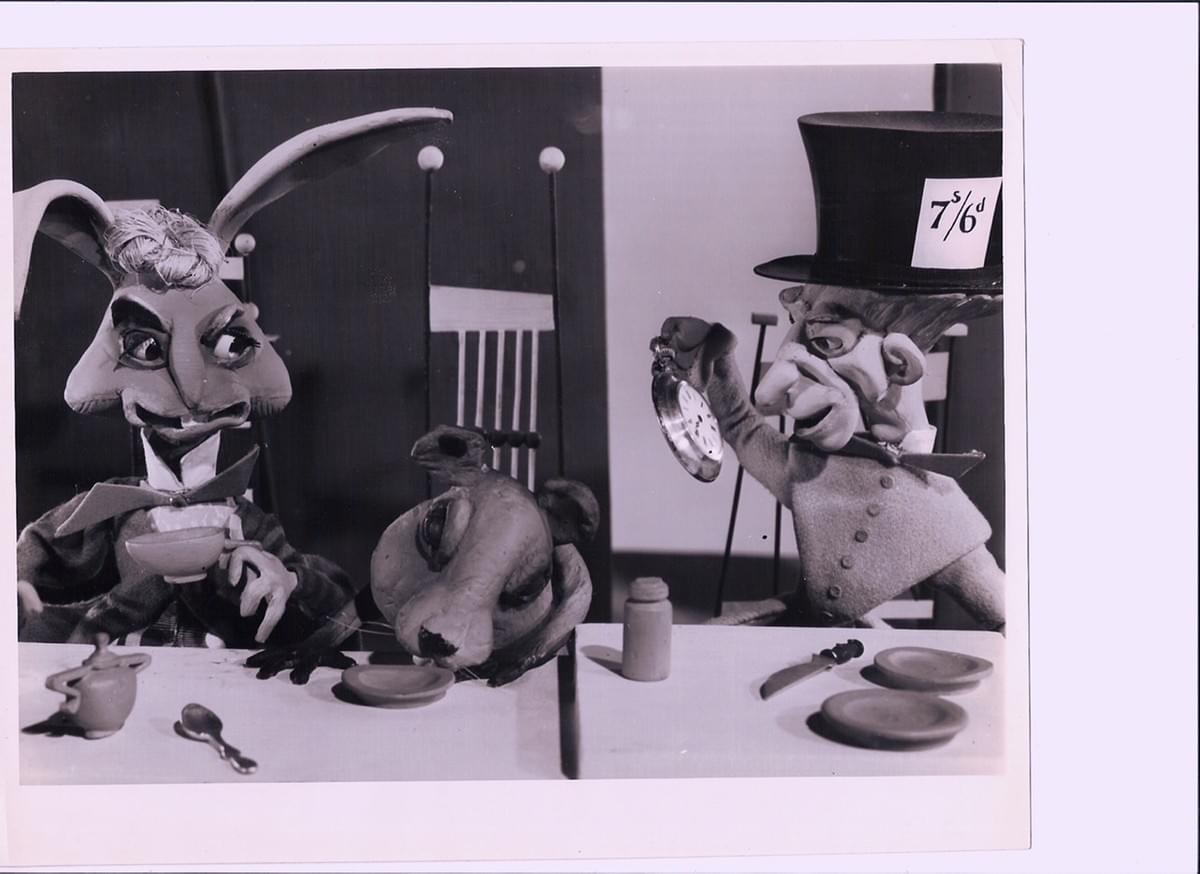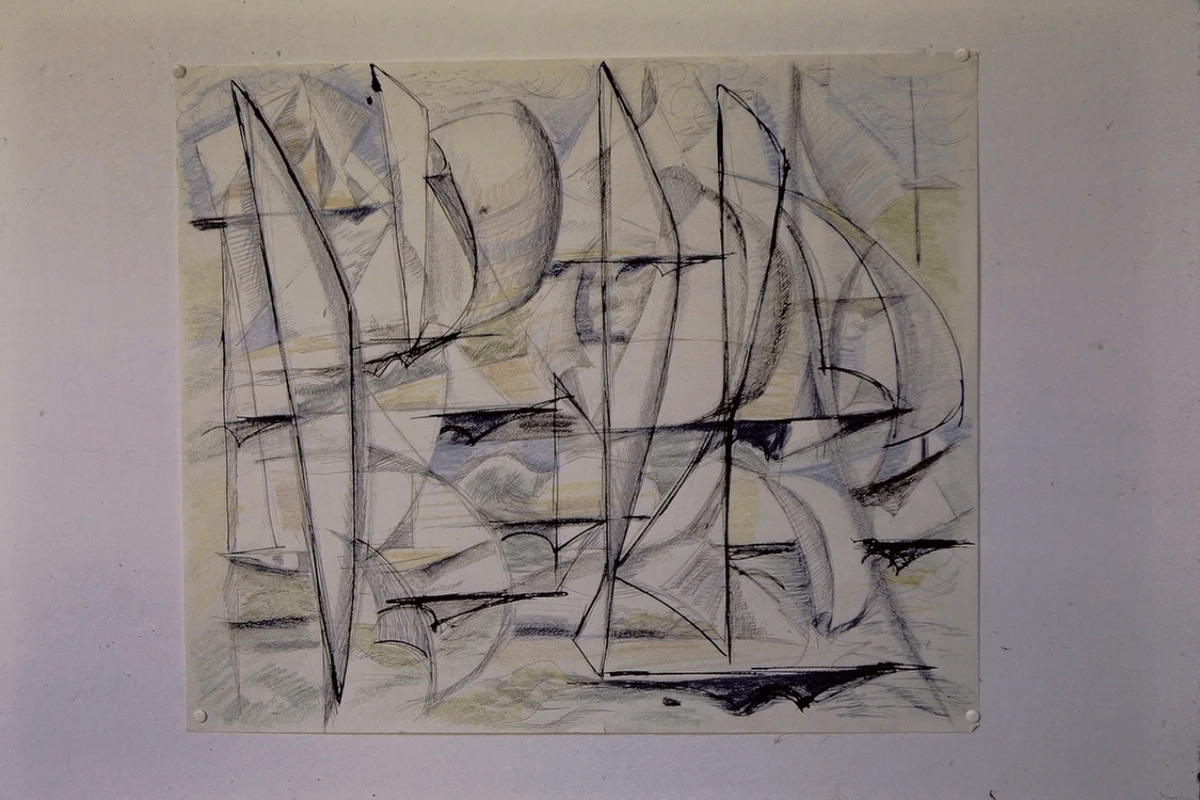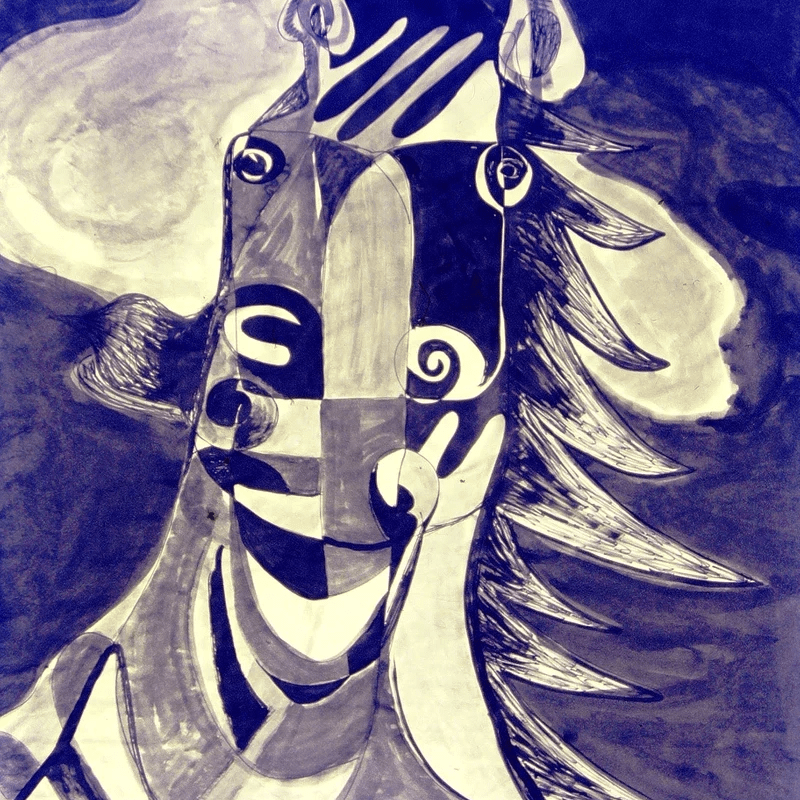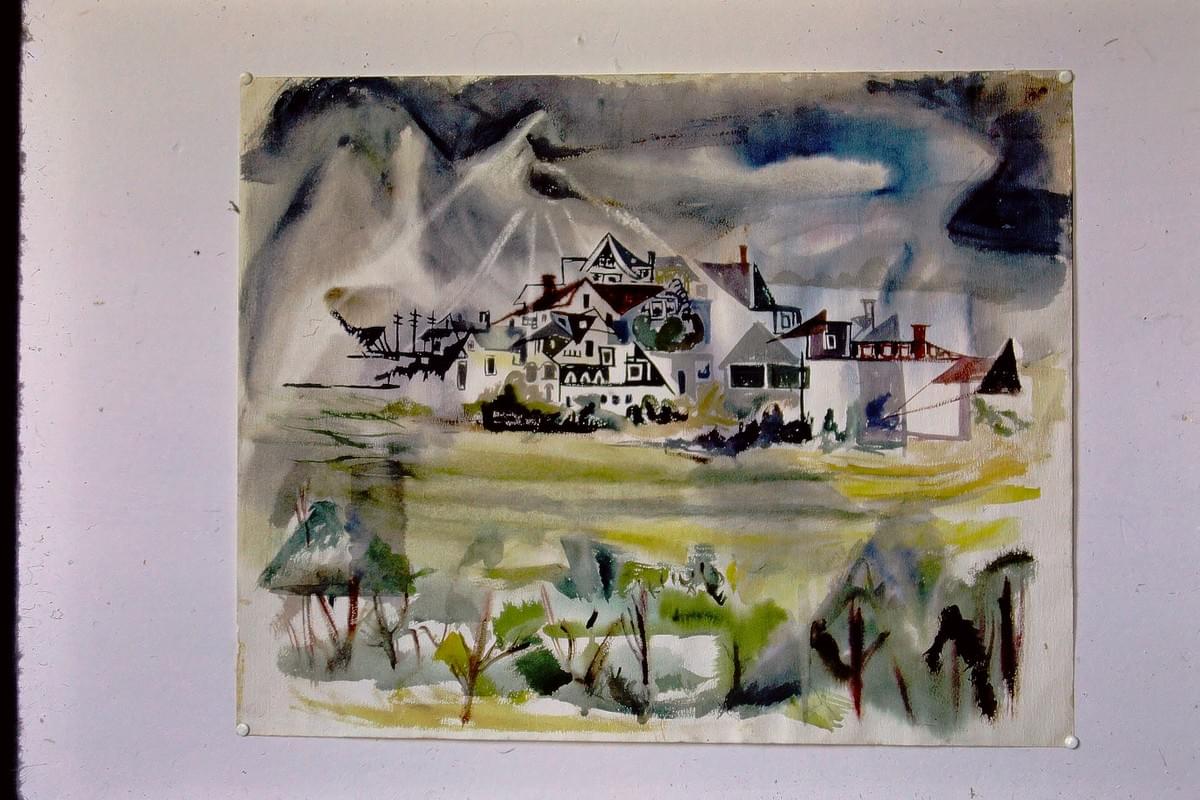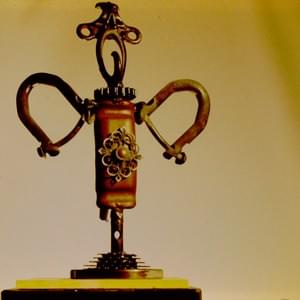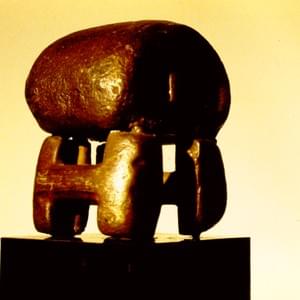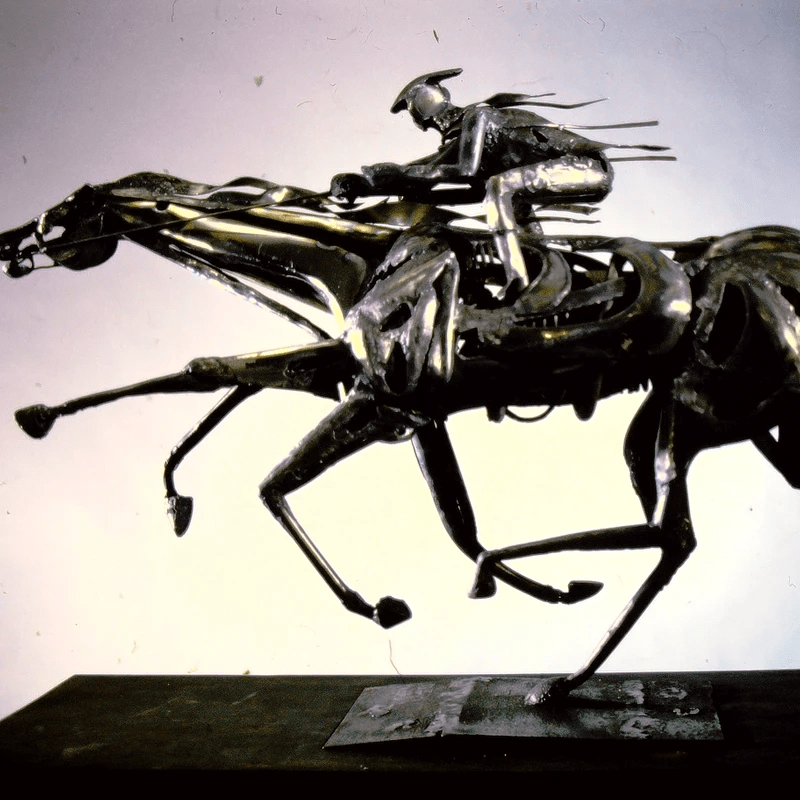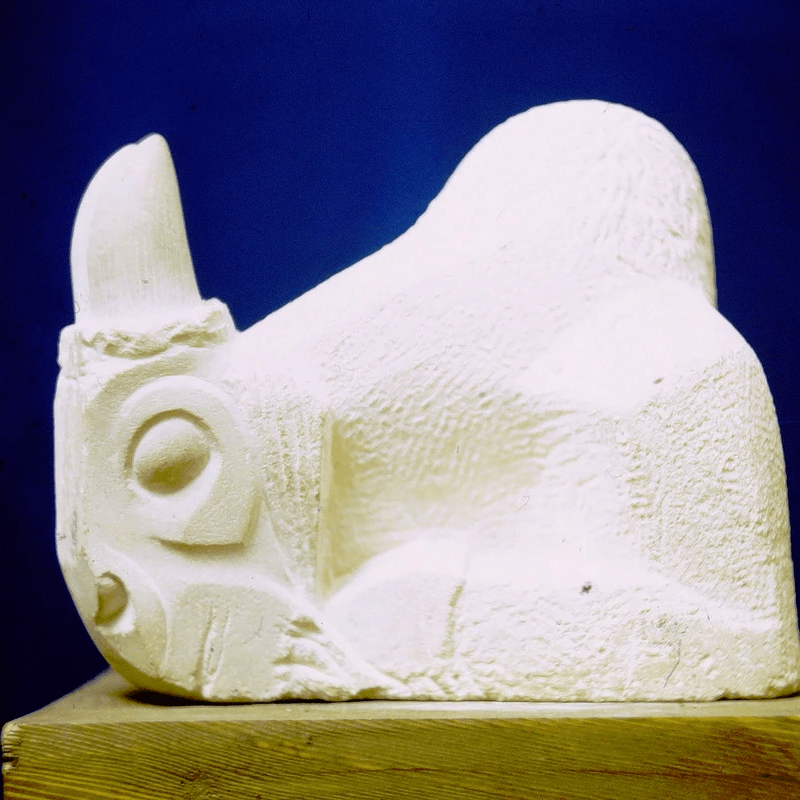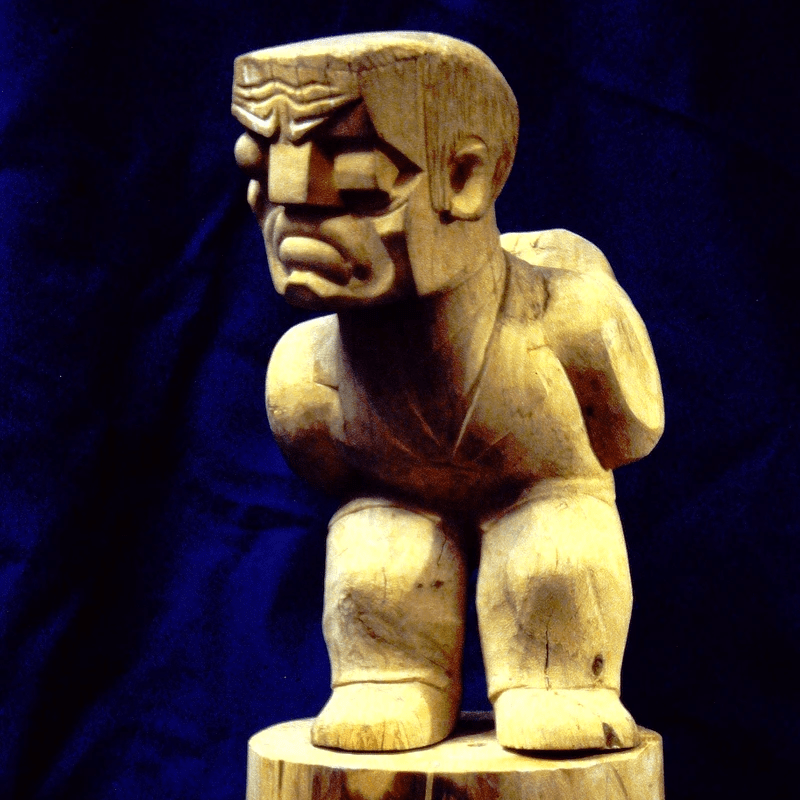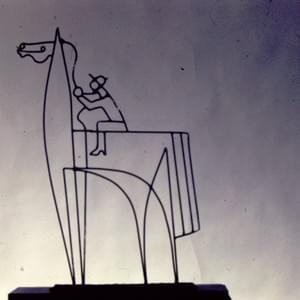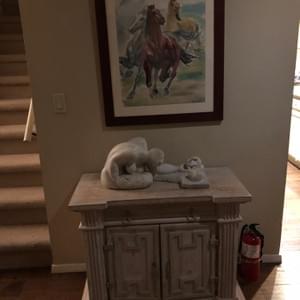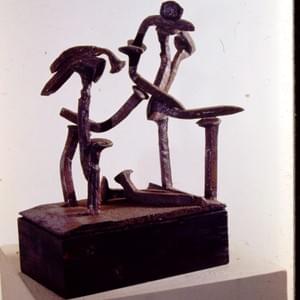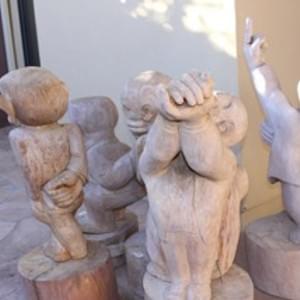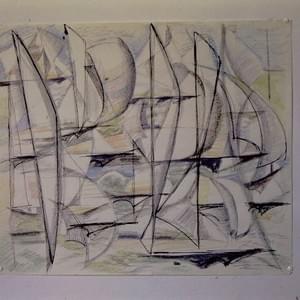
 Lou Bunin (1904-1994)Artist and Puppeteer
Lou Bunin (1904-1994)Artist and PuppeteerAbout Lou
Louis 'Lou' Bunin was an American puppeteer, artist, and pioneer of stop-motion animation in the latter half of the twentieth century.
While working as a mural artist under Diego Rivera in Mexico City in 1926, Bunin created political puppet shows using marionettes including a production of Eugene O'Neill's The Hairy Ape. Photographer Tina Modotti took many pictures of Bunin and his puppets, including her renowned work, "The Hands of the Puppeteer."
On his return to the United States, Bunin created animated three-dimensional puppets to appear in the 1939 New York World's Fair in New York City. His 1943 political stop-motion satire, Bury the Axis, is well known. Later Bunin landed a job with Metro-Goldwyn-Mayer where he created the stop-motion Prologue to the famed film, Ziegfeld Follies. He was subsequently fired as a casualty of McCarthyism. He created a feature-length film of "Alice in Wonderland," using a live-action Alice and stop-motion puppets for the Wonderland creatures. He had the misfortune of creating his film (filmed in post-war France) at the same time as Disney's cel-animated version, and Lou's Alice became mired in technical and distribution difficulties. It is still regarded as the most artistically creative, and most loyal to the original Lewis Carroll story, of any of the Alice film adaptations.
While Lou remained a filmmaker, he never lost his love of art (painting and sculpture), or his drive to produce it. Here is a small selection of his many achievements.
Creator of the popular Talking Utica Club Beer Mugs and a plethora of memorable short films, Bunin died of a stroke on 17 February 1994 at age 89 in Englewood, New Jersey, USA.
Puppets
Lou's career in puppetry began in1926, when he drove from Chicago to Mexico City in a Model T Ford to begin his apprenticeship with the muralist Diego Rivera. While he was there, he began to experiment with puppet shows, adapting current literature for his themes. Many of these shows were captured by photographer Tina Modotti. Lou's assistant n Mexico was a very young Ann Morrow Lindbergh, living there with her father Dwight Morrow, a U.S. ambassador. Lou was most proud of his adaptation of Eugene O'Neill's "The Hairy Ape," an Expressionist play that echoed Lou's own political beliefs.Later, Lou toured the United States putting on puppet shows with Meyer Levin, a noted puppeteer. The images below are collected from both family archives and Internet resources, and include some notable Modotti photographs of Lou's hands and works. (Click image to expand, and for more information).
Short Films
A few years later, in the early 1930's, he was asked to make a film of one of his puppet shows. He was horrified when he saw how awkward and clumsy his hand puppets looked on film! He decided to develop a way of making puppets that would work on film, and he turned to a new concept that was beginning to appear in Europe: Stop Motion. Lou developed a technique using an armature and his own formulation of rubber to create puppets that moved smoothly and could be manipulated in great detail. His first film (and probably the first stop-motion film in the U.S.) was commissioned by the oil industry and titled "Petroleum Pete." It made its debut at the 1933. It was followed by "Bury the Axis," a U.S. Government-sponsored propaganda piece to unite the country in the face of World War II. Lou continued to make short films through the 1960s. Here is a sampling:
Bury the Axis
Created in 1943, a U.S. Government-sponsored propaganda piece to unite the country in the face of World War II.
The Ziegfield Follies
Created for MGM, it served as a prologue to one of the famous Ziegfield shows.
The Cat and the Sphinx
Year, Medium, etc
A short, educational film created in the 1950s.
Alice in Wonderland
Bunin created a feature length stop-motion animation film adaptation of Alice in Wonderland in 1949, starring Carol Marsh as a live-action Alice. A lawsuit from Walt Disney prevented it from being widely released in the U.S., so that it would not compete with Disney's forthcoming 1951 animated version. Further, the film was kept out of Britain as his representation of the Queen of Hearts was seen as too close and too unkind to Queen Victoria. The film was recently restored with 12 additional minutes and shown at museums around the US, including the Museum of Modern Art in New York City.

Here are some stills from Lou's Alice in Wonderland. You can find clips from the film on YouTube.


Commercials
After Lou was blacklisted in the early 1950s, he turned to commercials for a way to make a living. Here are some.
Utica Club Beer
Schultz and Dooley (Utica Club Beer)
A series of these beer mug characters and their adventures were produced to advertise Utica Club Beer in the 1960s.
Doeskin Facial Tissues
Watercolors and Inks
Lou was also a prolific painter, with a focus on horses and landscapes.

Sailboats from the 1950s
Lou was captivated by the beauty and motion of sailboats on the water. It was a frequent theme in his artwork.



Race Horses
For many years, Lou was fascinated by race horsesAs a theme, it directly captured his love of motion and grace. His horses started out fairly realistic, and moved into many types of abstractions as the 1950s progressed.




Landcapes
In the 1930s and 40s, cubist landscapes were a source of inspiration.


Stormy Skies
He was also fascinated by the shape-shifting of the sky, especially during a storm.
Contact
Reach out to Lou's daughter, Amy Bunin Kaiman, with any queries


